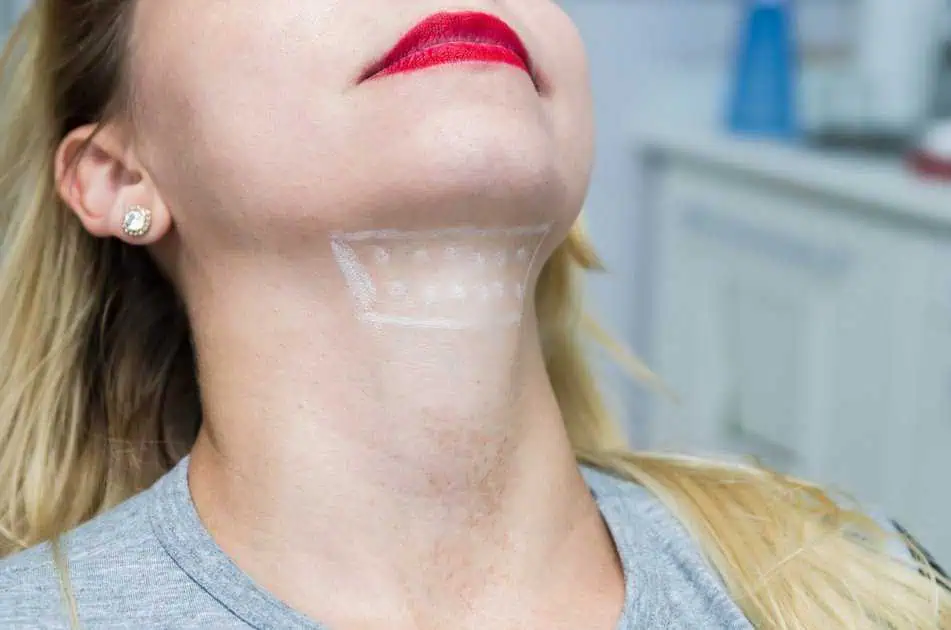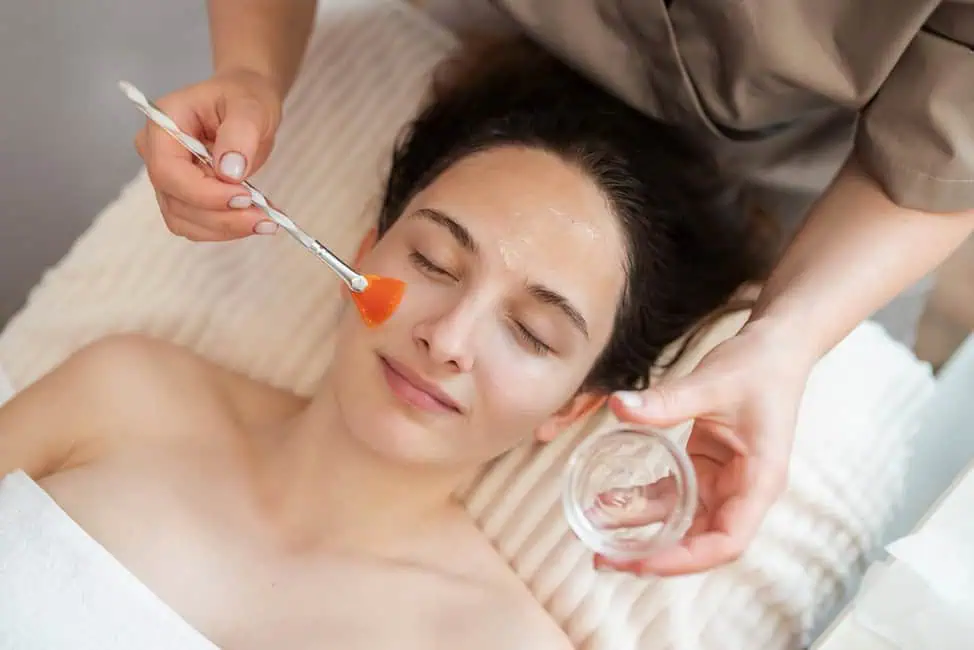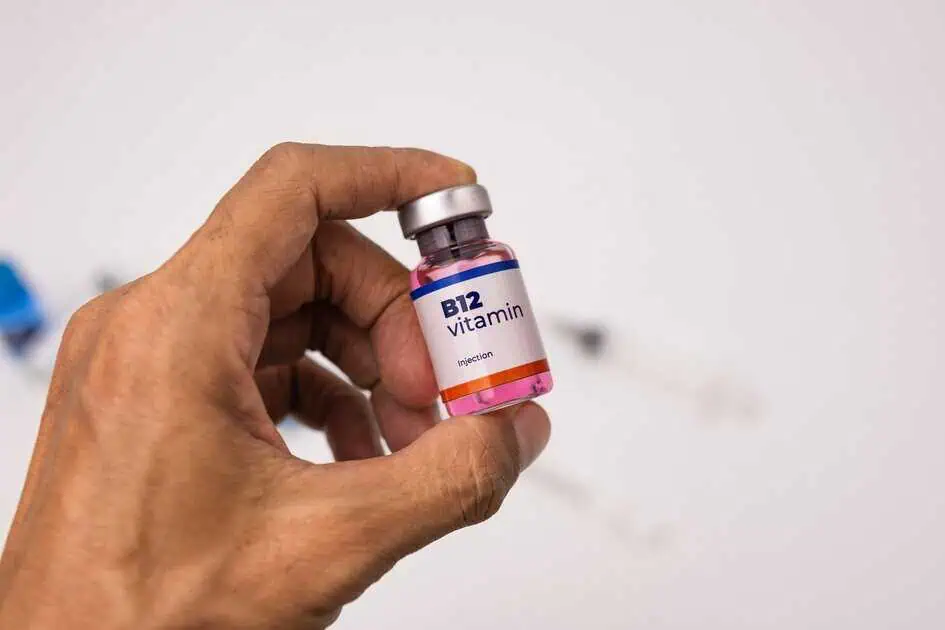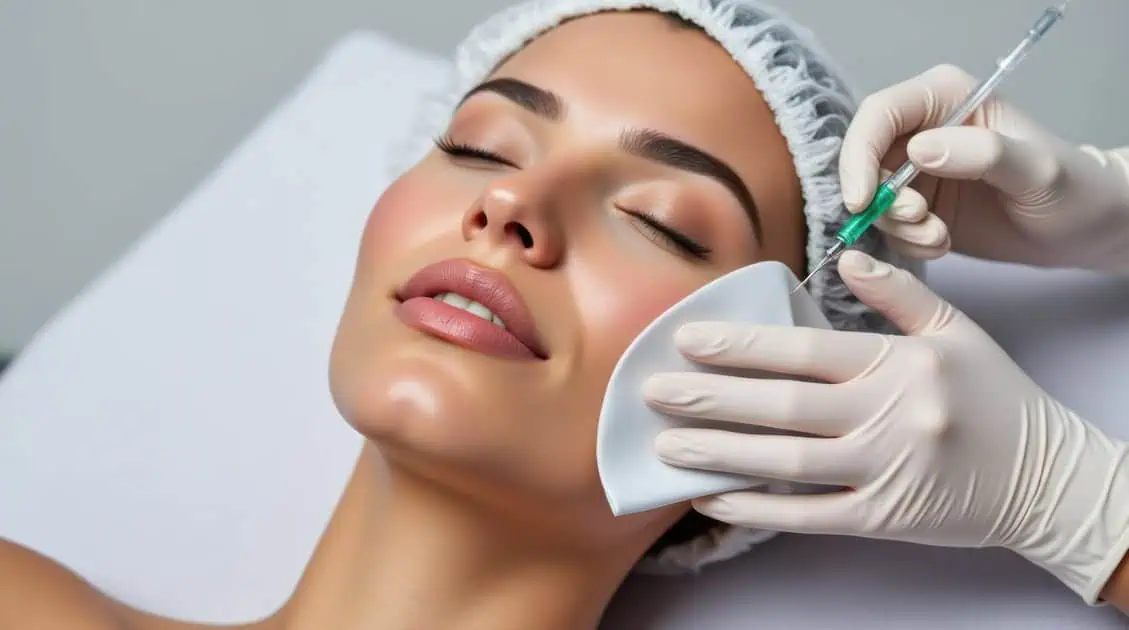
The eyes are one part of the face that can show age most dramatically as fine lines crop up in the corners, and shadows can appear under the lower lids. That said, dermal fillers are a non-surgical option to correct under-eye imperfections. Injecting a small amount of filler into the skin can help to plump up the area and give it a more youthful appearance.
What Are Dermal Fillers?
Dermal fillers are things a doctor can inject under the skin to replace the lost volume due to aging. In fact, they’re among the most popular cosmetic procedures in the U.S. thanks to their relatively low price and lack of recovery time. The doctor may use fillers like:
Hyaluronic acid (HA)
The body naturally produces hyaluronic acid. As it has been known, the fillers under HA are made from a synthetic gel that resembles the body’s natural substance. In fact, here are popular brand names include:
- Restylane. This is not the newest filler, but it’s still the best for under-eyes with the right balance of stiffness, cohesivity, and duration of result, which is a year under, as well as relatively low swelling. Also, it can be fine tailored for deep or shallow injections by modifying the filler through hydration.
- Botero Balance. This filler is popular for under-eyes since it is not very stiff and tends not to lump up or cause discoloration, but the downside is that it doesn’t provide a great lift if there is a deep tear trough, not as versatile as Restylane.
- Juvederm Volbella and Juvederm Vollure. These are newer fillers within the Juvederm family, but the only difference between the two is that Volbella is softer, and Vollure is stiffer. The good thing is they cause less swelling compared to the older variety of Juvederm products. In fact, they are good options for shallow (Volbella) and deeper (Vollure) injections under the eyes.
- Restylane Refyne and Restylane Defyne. Compared to regular Restylane, these fillers have a different cross-linking type, making them more “flexible,” which can benefit areas with a lot of facial movement (especially around the mouth).
- Restylane Silk. This is the thinnest, softest version of Restylane but has the highest swelling capacity. It is not the best choice for delicate under-eye skin, which doesn’t take well to significant swelling.
Moreover, HA fillers have been shown to support collagen production in the skin. In addition to the HA fillers’ ingredients, lidocaine is an anesthetic that helps numb the area.
This is because hyaluronic acid fillers are the most common filler type used in the under-eye area since they are transparent, easy to smooth, and less likely to clump, with the shortest result of all the fillers considered by some practitioners to provide the most natural look.
Poly-L-lactic acid
It is a biocompatible, synthetic material that may be injected via linear threading. In fact, this substance significantly invigorates collagen production. Moreover, it’s marketed under the brand name Sculptra Aesthetic.
Calcium hydroxylapatite
This dermal filler is biocompatible that is made from phosphate and calcium. It can help with the production of collagen production in the skin and support and sustain connective tissue, adding volume to the area.
As a matter of fact, calcium hydroxylapatite is thicker than hyaluronic acid and is often diluted with an anesthetic before injection. However, some practitioners avoid using this filler for concern since the area under the eye might become overly white in color, while others quote a concern that nodules may form under the eye. In addition, calcium hydroxylapatite is marketed under the brand name Radiesse, but its safety and effectiveness in the periorbital (eye) area has not been established yet.
Fat transfer (autologous fat transfer, fat grafting, or microlipoinjection)
For those with deep tear troughs where the lower lid and cheek meet, the provider may recommend using an injection of the body’s own fat to build up the area. The fat is usually taken from the following:
- abdomen
- hip
- buttocks
- thigh
Where Else Can You Use Fillers?
Fillers have a lot of uses for people seeking a younger look. They may help:
- Erase fine lines on the face
- Reduce the look of scars
- Plump lips
- Add volume in the forehead to lift the brows
- Add fullness to cheeks
- Fill lines around the mouth and chin
- Improve the look of hands
Are Fillers For Under Eye-Safe?
Although hyaluronic acid injections are approved by the U.S. Food and Drug Administration (FDA) for some regions of the face, injections under the eyes are considered “off-label” use.
It’s important that under-eye fillers be injected correctly and that they not be injected into the blood vessels. If that happens, the filler material could move into the eye’s blood vessels and cause blindness.
For this reason, it’s important to have under-eye filler injected only by a dermatologist or facial plastic surgeon with a lot of experience with under-eye fillers. Some patients should not get under-eye filler. For example, don’t get under eye filler under the following conditions:
- Having an allergy to a material in the filler
- Having an infection near the injection site
- Having very large eyebags
- Having herniated fat pads under the eyes
Moreover, it’s also important to avoid taking aspirin, non-steroidal anti-inflammatories, vitamin E, and ginkgo Biloba for at least five days before injecting the under-eye filler. That can help to decrease the risk of bruising around the eyes after the procedure.
For those interested in getting under-eye fillers, ask an eye doctor for a referral to an experienced dermatologist or facial plastic surgeon who has experience with under-eye fillers. The dermatologist can review the procedure’s pros, cons, and risks to help you decide if this procedure suits you best.
How Long Does The Result Last?
Eventually, fillers absorb back into the body over time. They don’t provide permanent results. Here’s how long each filler will last:
- Hyaluronic acid fillers. They can typically last anywhere from 9 months to 1 year.
- Calcium hydroxylapatite typically lasts from 12 to 18 months.
- Poly-L-lactic acid can last as long as 2 years.
- A fat transfer may last as long as 3 years.
The Bottom Line
Due to aging and other factors, wrinkles, hollows, and dark circles may appear under the eyes. My Face Lady offers Dermal Fillers, such as Restylane, Juvederm, and Versa, to restore volume loss, deep lines, and wrinkles. Furthermore, this fast, painless, and non-surgical solution may help you look years younger without invasive surgery.







